Are US airlines now offering a better experience than European ones?
Links on Head for Points may support the site by paying a commission. See here for all partner links.
Airlines in America, once the laughing stock of the world, are racing ahead.
Go back a couple decades and global airlines were broadly grouped into three tiers. At the top of the pile were the Asian and Middle Eastern carriers, widely regarded as offering both the best service and product.
In the middle you had the European airlines – fine but not amazing, with reliable but unspectacular service.
At the bottom, you had the airlines which eventually consolidated to form the US3 – American Airlines, Delta Air Lines and United Airlines.
At least, that was the received wisdom.
Over the past 5-10 years, that old adage has been turned on its head, with the competition for second and third place becoming more fraught and perhaps even flipping.
American Airlines, Delta and United have all been aggressively investing in customer experience, both at the terminal and on board.
Take, for example, airline lounges. Up until 2016, airlines in the US offered what are called ‘Club’ lounges – Delta Sky Club, AA’s Admiral’s Club and United Club. You paid an annual fee for membership and a premium class of travel or elite status would not necessarily get you access.
Whilst they may have started off as luxury experiences, the proliferation of airline credit cards, which often confer Club lounge access, meant they quickly became mass-market experiences appealing to the lowest common denominator.
Complimentary food and drink is limited, with anything more than basic beer or wine coming at a cost – and even that ‘free’ beer or wine tends to require a hefty tip.
Compare that to airlines in Europe and Asia, where access to lounges is generally based on status – earned from flying – or cabin class, ensuring that passengers ‘paid their way’ and airlines could offer a premium experience.
In 2016, United introduced the first Polaris lounge. This new concept, which complemented the existing United Club lounges, catered to premium long haul travellers with improved seating, great food and premium drinks – at no extra charges. Forget lounges that looked like doctor’s offices: these were premium experiences that matched, and in some cases even exceeded, what European airlines were doing.
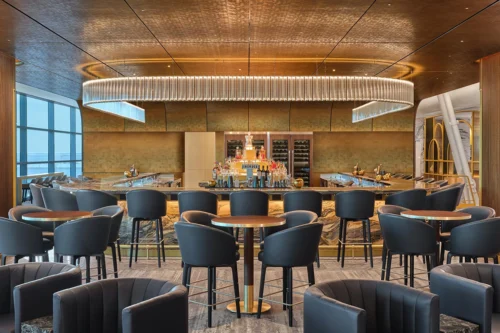
American Airlines and Delta followed. American Airlines introduced its Flagship lounges in 2017 which brought with it table service dining – a first for any US carrier. Delta, unusually, took its time and introduced its first Delta One lounge in 2024. It is now quickly rolling out the concept with four open and two more on the way.
Compare that to Europe. Nobody has got excited about the British Airways ‘flagship’ lounges at Terminal 5 since they opened in 2008. There has been no update on plans to fully refurbish these spaces – first teased in March 2024 – and even when they do it will be months, if not years, until the first one is done.
Meanwhile its new Miami and Dubai lounges, intended to debut the new ‘Global Lounge Concept’ – should both have opened by now but haven’t. Dubai is scheduled for September I believe.
Lufthansa has rolled out a lounge refurbishment program at home and abroad, bringing some of its onboard Allegris style to the ground, but this feels more like a mid-life refresh and enthusiasm has been muted.
Even Virgin Atlantic, whose long haul-only Clubhouses are widely regarded as some of the best business lounges out there, struggles to compete. One reader recently commented that a refurbished JFK Clubhouse “would need to be special to stop me spending the majority of my time in the Delta One Lounge”.
The same is true at 30,000ft. Whilst British Airways was once a leader in its field, launching the world’s first lie-flat business class seat (Virgin Atlantic introduced the first lie-flat cabin with all aisle access in 2003) both have fallen behind.
British Airways remains in the midst of a fleet refurbishment program to install Club Suite but we are six years in and progress remains slow. Whilst the Boeing 777 fleet is done (at least at Heathrow) any hopes that the 787 refurbishment would pick up the pace seem misplaced.
Virgin Atlantic, meanwhile, has only just committed to ripping out and replacing its now 22-year-old product on the Boeing 787 fleet, something that frequent flyers have been asking for for years. These will fly for another five years before being phased out between 2028 and 2030.
It’s best not to even mention Lufthansa, whose shambolic roll-out of its new Allegris cabins was not only years delayed but also had to fly without the new First Class cabins installed due to supplier delays.
Meanwhile, refurbished 747s will feature both old and new business class seats on the same plane (!) whilst Lufthansa has 15 787s awaiting delivery from Boeing because the new cabins are not yet certified. Even Lufthansa CEO Jens Ritter admitted “everyone’s patience is a little bit stretched.”
Air France might be the only European success story. Some of its lounges in Paris have an excellent reputation and it has introduced two next generation business class seats at a rapid clip. The La Premiere First Class product – from the ground to the air – is generally regarded as the best of any European carrier.
To be fair, it is also true that United’s rollout of Polaris, which took seven years, was a running joke. But the airline, having completed that program in 2023, is now steaming ahead with the launch of its new Polaris ‘United Elevated’ suites, refining on its strong foundations.
It introduces both doored suites, larger up-front super-business Studios and the latest hi-tech gadgety, as well as some seriously impressive soft product including a caviar amuse-bouche.
Not to be outdone, American Airlines is introducing its own next-gen Flagship Suites, ironically based on the same platform as United Elevated, which do much the same. Delta is introducing a refined Delta One experience on its Boeing 757s and A350s.
Could there be light at the end of the tunnel? Rumours are swirling that British Airways will introduce an updated Club Suite when it begins refurbishing its 12 A380s early next year. This could easily be done by adopting the latest Collins Elements platform, itself an evolution of Club Suite.
This would retain fleet consistency but allows BA to incorporate the latest innovations, from better seat geometries (and therefore personal space) to the latest technology. It would be a small but beneficial upgrade for passengers and could introduce bigger, 4K screens, Bluetooth wireless pairing for headphones and USB-C charging.
Nevertheless, US airlines appear far more ambitious on almost any metric. American Airlines is (re-)introducing mattress pads, pyjamas and slippers on longer flights. It is also introducing grab-and-go style lounges.
United is bringing Spotify to seat-back entertainment and accelerating its rollout of Starlink wi-fi.
Delta has introduced new Missoni amenity kits and is rolling out Missoni bedding for Delta One passengers. Both United and Delta have introduced new champagne partnerships with Laurent-Perrier and Taittinger respectively.
What is driving the US airlines’ big push into premium?
So, what’s going on? Why are US airlines splashing the cash whilst European airlines are tight-fisted despite making money hand-over-fist? IAG, the owner of British Airways, is one of the most profitable airlines in the world by operating margin.
I spoke to industry journalist John Walton, editor of The Up Front, to discuss:
“The US airlines seem fast because they started worse in terms of soft product. American had so much to catch up after an era of rushing to the bottom and United finally got its Polaris seats sorted out after the best part of a decade, and so can turn its attention to something else.”
He notes that a lot of the investment by US airlines is long haul only, with domestic passengers still getting the short end of the stick – “Delta domestic first (not Delta One) don’t even get SkyClub access!”
Crucially, this has all happened in a decade in which two of Europe’s biggest airlines have dropped the ball. Both Lufthansa and British Airways fumbled the rollout of their next-gen business class cabins.
British Airways spent years developing a bespoke seat before dumping its efforts for an off-the-shelf product from Collins. Lufthansa introduced far too much complexity into its Allegris seat, relying on three different seat makers to reverse-engineer the same seat. The result is that both have been delayed for years.
One area where European airlines still lead is at the front of the aircraft. Air France, Lufthansa and British Airways are all investing in their First Class cabins, with BA’s new A380 First Suite its biggest change since 1995. It will mean all three carriers have brand new First Class seats by 2030.
And food remains a strong suit for many:
“I think the catering offerings are usually superior on European airlines, even the big ones, with standouts in niche airlines like KM Malta, Aegean and TAP.”
The ground experience can also be better on short haul trips:
“Lounges on business tickets are far superior, not least because a domestic First ticket in the US doesn’t even get you a lounge.”
There’s still time for European airlines to up their game
That said, it’s not too late. British Airways bottomed out between 2016 and 2018 when former CEO Alex Cruz’s cuts stung hardest.
Since then, the airline has re-invested in its onboard dining and partnered with DO&CO, widely understood to be the best contract caterer (this was a Cruz initiative, to be fair). The food has come on in recent years, although not without missteps like brunchgate.
Look beyond the ‘£7bn investment’ headlines, however, and what do you see? Pick your own favourite – an unwillingness (unlike its European competitors) to retrofit larger luggage bins on short-haul aircraft, the recent ‘densification’ (ie more seats) on the London City fleet, the recent trial of removing personal water bottles from long haul flights etc etc.
If BA finally gets a move on and refurbishes its Heathrow lounges – no mean feat given it will have to provide for alternatives during the works – then it may eventually be able to boast of having lounges to rival Delta One, United Polaris and American Flagship spaces. Even then, a la carte dining for business class is unlikely unless it splits out its long haul and short haul customers.
Virgin Atlantic, meanwhile, is finally committing to refurbishing Upper Class on its 787s, but it will be five years until the last one is complete. Its casual willingness to swap aircraft around means that many premium passengers will continue to give it a wide berth until then, irrespective of what aircraft type is advertised when booking.
And since Qatar Airways can install Starlink on an aircraft in under 10 hours, why is the Virgin Atlantic roll-out scheduled to be so slow?
It’s not all plain-sailing in the US either, of course. Delta wants to introduce a basic business class fare with lounge access and other perks stripped out – although even ‘premium’ Middle Eastern carriers such as Qatar Airways have done this for some time.
All three US carriers still operate some aircraft with severely outdated business class cabins, despite their progress. It’s not just BA, Virgin Atlantic and Lufthansa who insist you play roulette to see what seat you eventually get. Nevertheless, the direction of travel is clear.
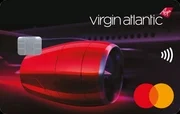


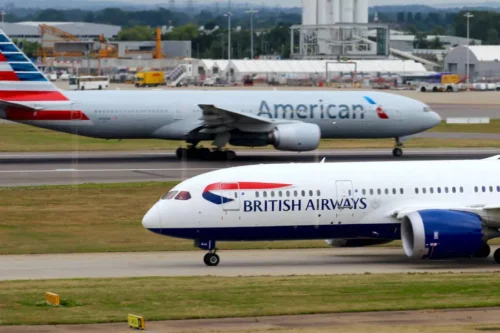
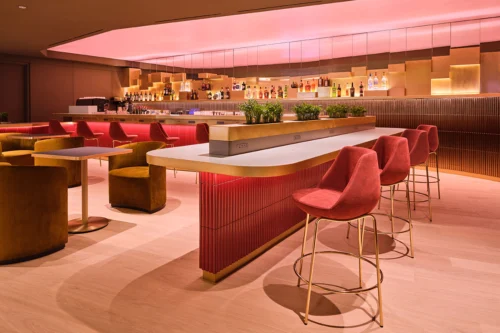
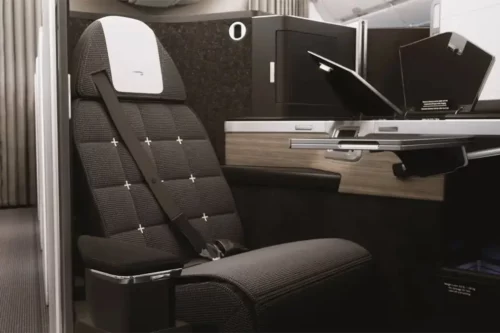
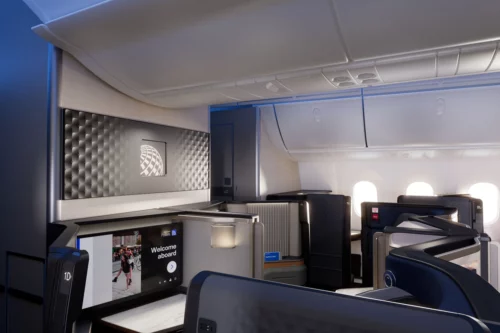

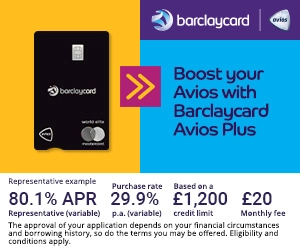





Comments (86)